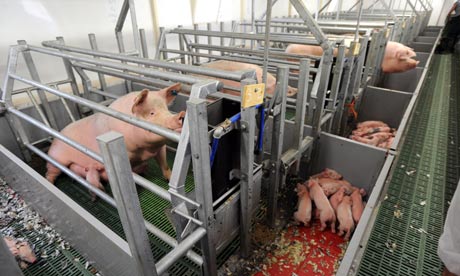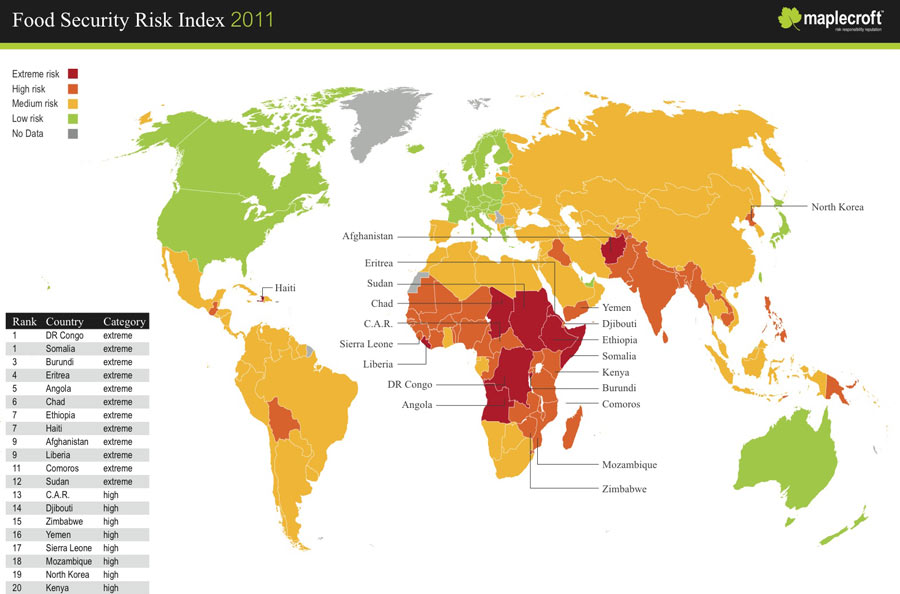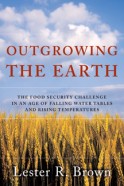I don't usually do this, but with the ongoing impact of the “pink
slime” story and there's a pretty good article over at
The
Street about the increasing use of cellulose as a filler in food,
I thought I'd write a little about food additives and adulterants.
Adulterants are distinct from additives in that additives are
generally regulated and accepted in use, and adulterants are added to
food without the consumers knowledge. In practical terms, additives
are legal and adulterants are not.
So the use of cellulose in food is legal. Cellulose is found on
the FDA's GRAS list (Generally Regarded As Safe), and so is allowed
in food products. The rise in it's use is due primarily to economic
pressures to keep food costs down particularly in this period of
price spikes from the speculative bubble we're in. The same with
“pink slime”; mechanically separated meat treated with ammonia
can be added to ground meat products quite legally. Whether we want
these substances in our edible food-like products is quite another
story.
Adulterants in food have a long and storied history—particularly
in bread. Bread, over the years, has had
plaster
of Paris, alum, sawdust, and mashed potatoes added to it to
increase weight or whiteness and defraud the consumer. The British
Medical Journal was printing arguments about the presence of
adulterants and arguing about how much they mattered back in 1873.
Cellulose is a product on the FDA GRAS list (Generally Regarded As
Safe), but the increasing use of filler comes from economic
pressures. Commodity prices remain strong (primarily on a bubble due
to speculation) and economies remain weak, meaning that producers
looking to increase or maintain margins are going to be searching for
cheaper alternatives to their traditional products. And food
producers are turning to cellulose to add bulk and structure to their
edible food-like products.
The use of additives or adulterants (the difference is whether or
not the recipient knows about / wants the additive in their food. If
it is iodine in salt, that's an additive. If it is
plaster
of Paris being added to bread, adulterant) in food has a long
history, and always for the same reason: economic pressure to supply
food as cheaply as possible while maintaining profits. We've seen
this with the addition of melamine to milk products in China, in
order to more cheaply achieve crude protein content targets. Alum,
sawdust, and mashed potatoes have historically been added to bread to
increase weight or the whiteness of the flour.
Food adulteration is directly tied to industrialization; both the
industrialization of food production and the migration of populations
out of the countryside to the cities. Low wages increase the need for
cheap food, the drive for cheap food encourages adulteration.
These days, it's the GRAS list that defines the difference between
adulterant and additive. That food will have additives is taken as
read, as long as the ingredients appear on the GRAS list, it's
generally acceptable. Consumers often disagree, as with the addition
of HFCS (high fructose corn syrup) to
honey.
Or pink slime to ground meat products.
Of course, there's always the option of TSP, or Textured Soy
Protein. But a fairly
recent
study shows how the manufacturing process leaves behind a
residual level of hexane. Hexane is used as a solvent to separate
fats from protein in the making of soy protein (well, in all
fairness, not just soy protein. Its used with corn and other plants
too, for the same purpose). Mother Jones has an
article
on the report, along with an
FAQ,
and Slate weighed in with
an
article as well. As is pointed out, there has been little
research on whether or not hexane,
when consumed, is a
problem. It certainly is when we breathe it, but as to eating it,
well, that seems to be a lot less immediately toxic. There are even
alternatives; when it comes to
complex
processing to create vegetarian fare, mycoprotein has to be a bit
better, but not by much. At least they're not currently using a
neurotoxin in the process.
But as consumers, we have to ask ourselves, just how much
responsibility or concern should we have for the way our food is
prepared? Do we want to eat food that is killing those who gather or
prepare it? Because, if so, there's a lot more research that needs to
be done before we eat various things—particularly out of the
industrial food system. For example, pesticides are dangerous to both
farmworkers, as this
EPA
pamphlet demonstrates, and their families.
We create a market for such substances every time we eat food out
of the industrial food system. But, as
Michael Pollen said in hisWilliams College address, the food system is a fragile thing. What we
do as consumers has an impact. If we don't buy something, stores will
quit stocking it, meaning fewer people will buy—creating a virtuous
circle. Pollen mentions that as few as fifty complaints can get a
topic onto a McDonald's board meeting agenda. Positive requests have
an impact also. If you ask for more local food, you create a demand
that grocers will try to satisfy—meaning more downstream demand for
farmers. Anything affects the way the food system acts. It really is
that fragile and sensitive. So when you see local produce in your
local or chain grocery, ask for the produce manager and compliment
him/her. If you don't see local cheese in the dairy aisle, ask for
the dairy manager and request it. This can be the politest ruckus
you'll ever raise.

















